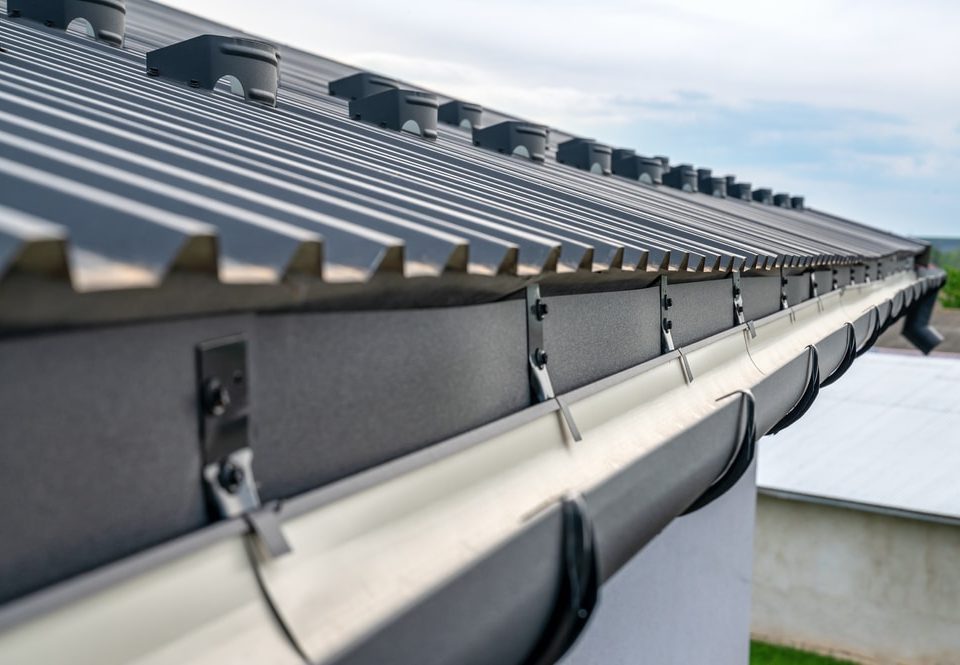The Dangers of Roof Leaks: Why Timely Repairs Are Essential

The Importance of Gutters in Protecting Buildings in Malaysia
February 13, 2025Introduction
Roof leaks may seem like a minor issue at first, but they can lead to a range of dangerous consequences if left unaddressed. From structural damage to electrical hazards and health risks, the impact of a leaky roof can be far-reaching. Understanding the risks involved can help homeowners take timely action to prevent costly and dangerous consequences.
1. Structural Damage
Water leaks can have a devastating impact on the structural integrity of a building over time. Wooden beams, drywall, and insulation are particularly vulnerable to moisture, as prolonged exposure can weaken their strength and stability. When water continuously seeps into these materials, it gradually deteriorates them, making the building less secure and more prone to significant damage. If left unaddressed, the accumulated moisture can cause ceilings to sag, walls to warp, and, in severe cases, lead to a complete collapse of certain structural components. Furthermore, the presence of water creates the perfect environment for mold and mildew growth. These fungi not only cause further material degradation but also release spores that can spread rapidly, increasing the extent of the damage. Repairing water-damaged structures can be extremely costly, and in some cases, extensive reconstruction may be necessary to restore the building’s integrity.
2. Electrical Hazards
One of the most critical dangers of roof leaks is the potential for electrical hazards, which can pose a severe risk to both property and human life. When water infiltrates a building, it can come into contact with electrical wiring, outlets, or appliances, leading to short circuits, power failures, and even electrical fires. Moisture is an excellent conductor of electricity, meaning that even a small amount of water near electrical systems can cause significant damage. In some cases, exposed wiring can become live with electricity, increasing the risk of electrocution for anyone who unknowingly touches a wet surface connected to the system. Additionally, electrical appliances and fixtures exposed to water become unsafe to use, and their malfunction could lead to potential sparks or explosions. The combination of water and electricity is extremely dangerous, making it crucial to repair leaks immediately and ensure that electrical systems remain dry and well-insulated.
3. Health Risks
Beyond structural and electrical dangers, roof leaks can also pose serious health risks to building occupants. One of the most concerning health hazards is the growth of mold and mildew, which thrive in damp and humid environments. Mold spores released into the air can trigger a range of health issues, particularly for individuals with respiratory conditions such as asthma or allergies. Prolonged exposure to mold can lead to chronic respiratory problems, sinus infections, skin irritation, and, in severe cases, lung diseases. Furthermore, persistent moisture attracts various pests, including termites, cockroaches, and rodents. Termites can cause extensive structural damage by feeding on damp wood, while rodents and insects can spread bacteria and viruses, increasing the risk of illness. People living in homes with ongoing roof leaks may experience an overall decline in indoor air quality, leading to persistent discomfort and health complications. Addressing leaks early can prevent the spread of mold and deter pest infestations, creating a healthier living environment.
4. Slip and Fall Accidents
A seemingly minor consequence of roof leaks—water dripping onto floors—can lead to major safety hazards. When water accumulates on flooring surfaces, it creates a slippery environment that increases the risk of slip and fall accidents. Such accidents can result in minor injuries like bruises and scrapes or more severe consequences such as fractures, head trauma, or spinal injuries. This risk is especially concerning for children, elderly individuals, and people with mobility challenges, as they are more vulnerable to falls. In commercial buildings, wet floors can also pose liability risks for business owners, as customers or employees who slip and fall may seek compensation for their injuries. Additionally, persistent dampness can weaken flooring materials, making them unstable and more prone to breakage. Ensuring that roof leaks are promptly repaired helps to prevent the accumulation of water on floors, reducing the likelihood of dangerous slip and fall incidents.
5. Increased Repair Costs
Ignoring a small roof leak can lead to long-term financial consequences. Initially, a minor leak may seem harmless, but over time, water damage can extend beyond the roof itself, affecting walls, ceilings, insulation, and even the foundation of the building. As moisture spreads, repair costs increase significantly, especially if moss removal, structural restoration, or electrical repairs become necessary. In severe cases, prolonged exposure to water damage can weaken the foundation of a building, leading to foundational shifts or cracks that require extensive and expensive repairs. Additionally, insurance claims for water damage may be denied if the issue is determined to be a result of neglect rather than an unforeseen incident. Homeowners and property managers who address leaks immediately can save thousands of dollars in potential repair costs. Regular roof maintenance and inspections can help detect leaks early and prevent the long-term financial burden associated with widespread water damage.
Conclusion
In conclusion, roof leaks pose a serious threat to both the safety of the structure and the well-being of its occupants. The dangers, including structural damage, electrical hazards, health risks, and slip-and-fall accidents, highlight the importance of addressing leaks as soon as they are detected. Timely repairs not only protect your home but also save you from escalating repair costs down the line. Contact us to know more.


